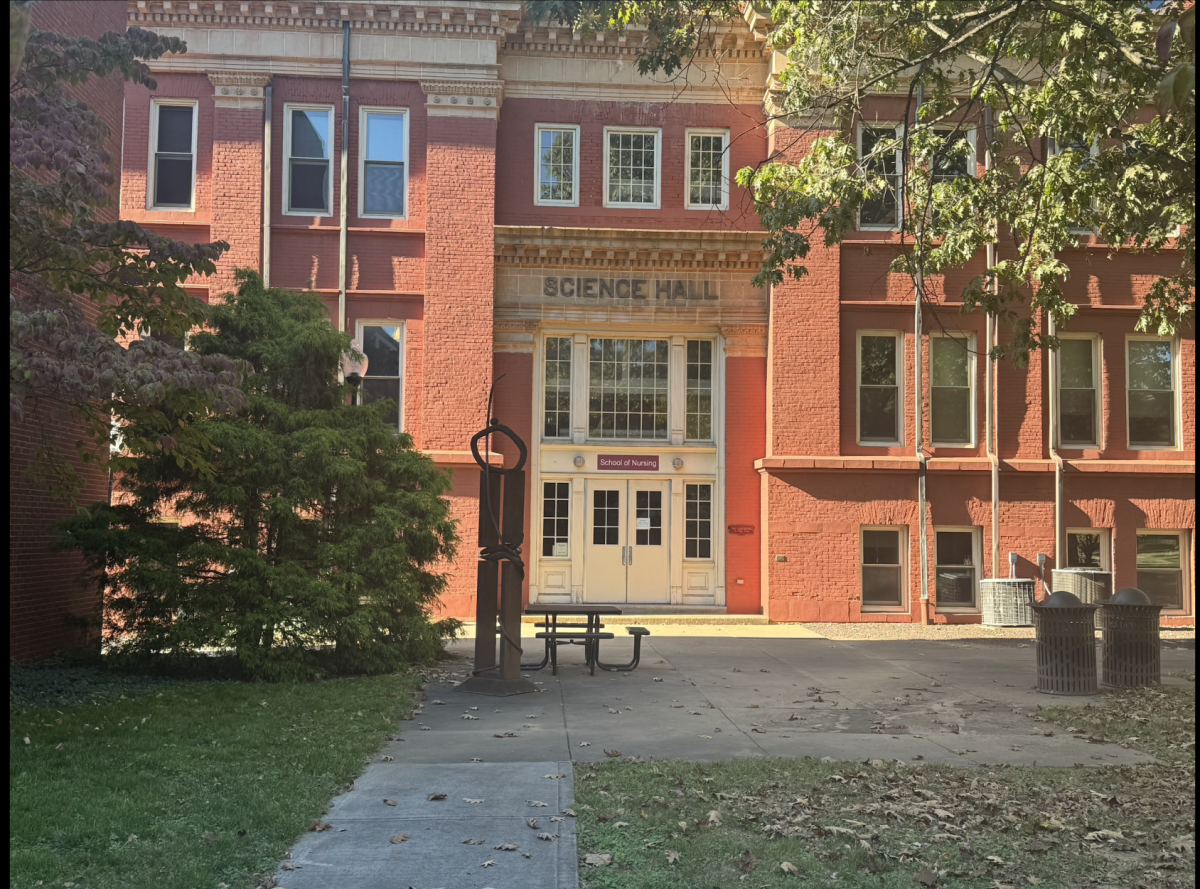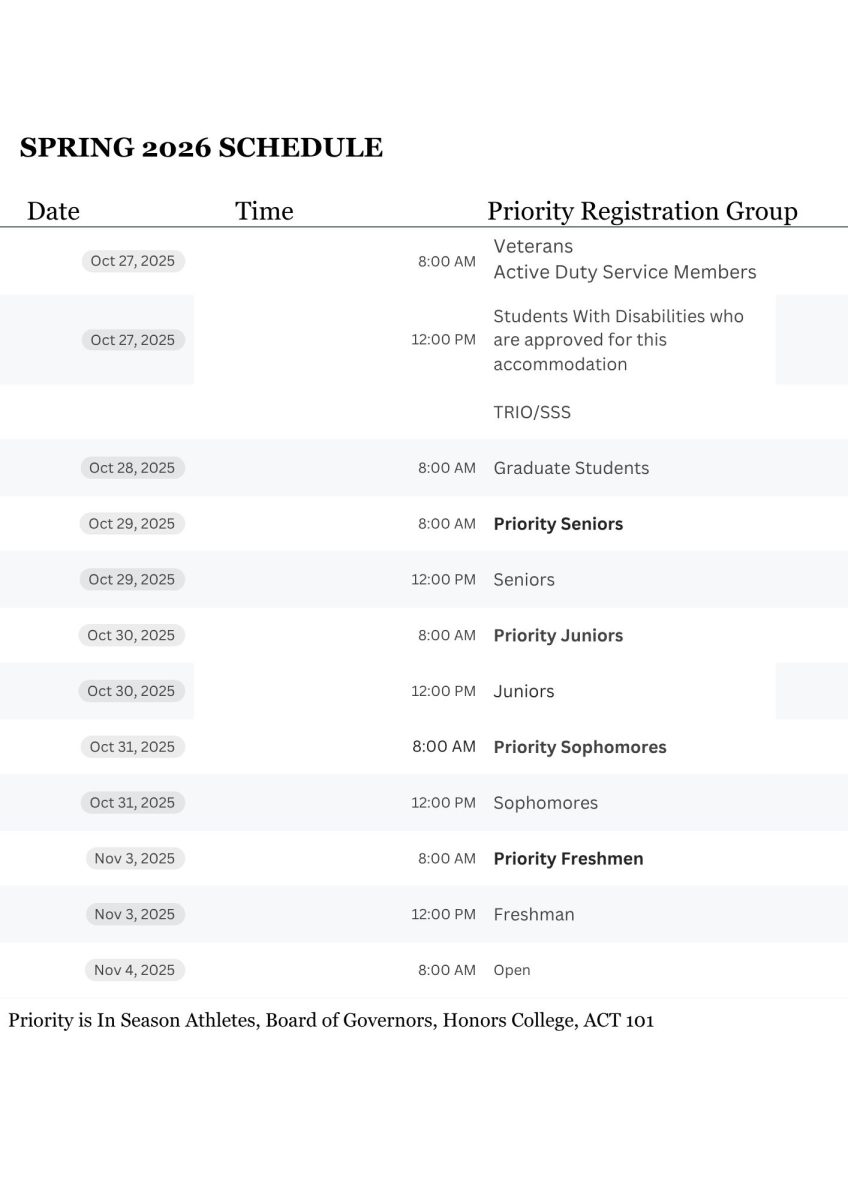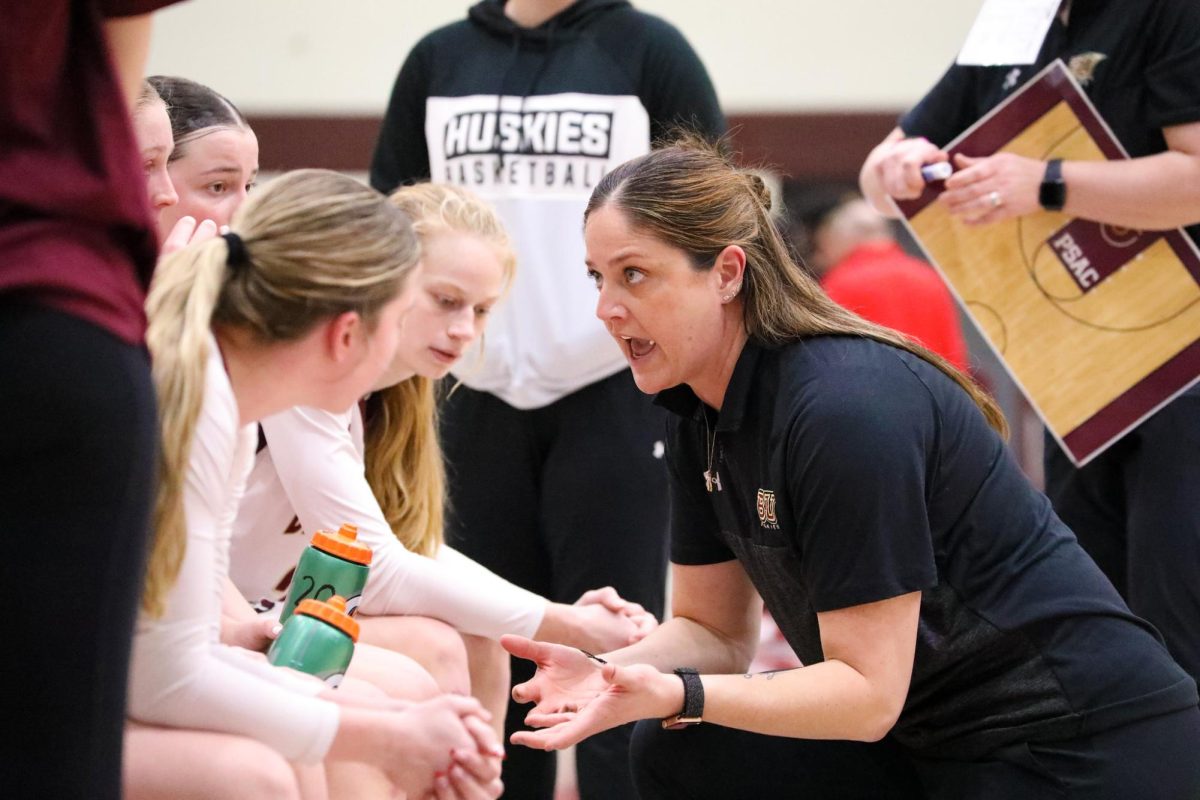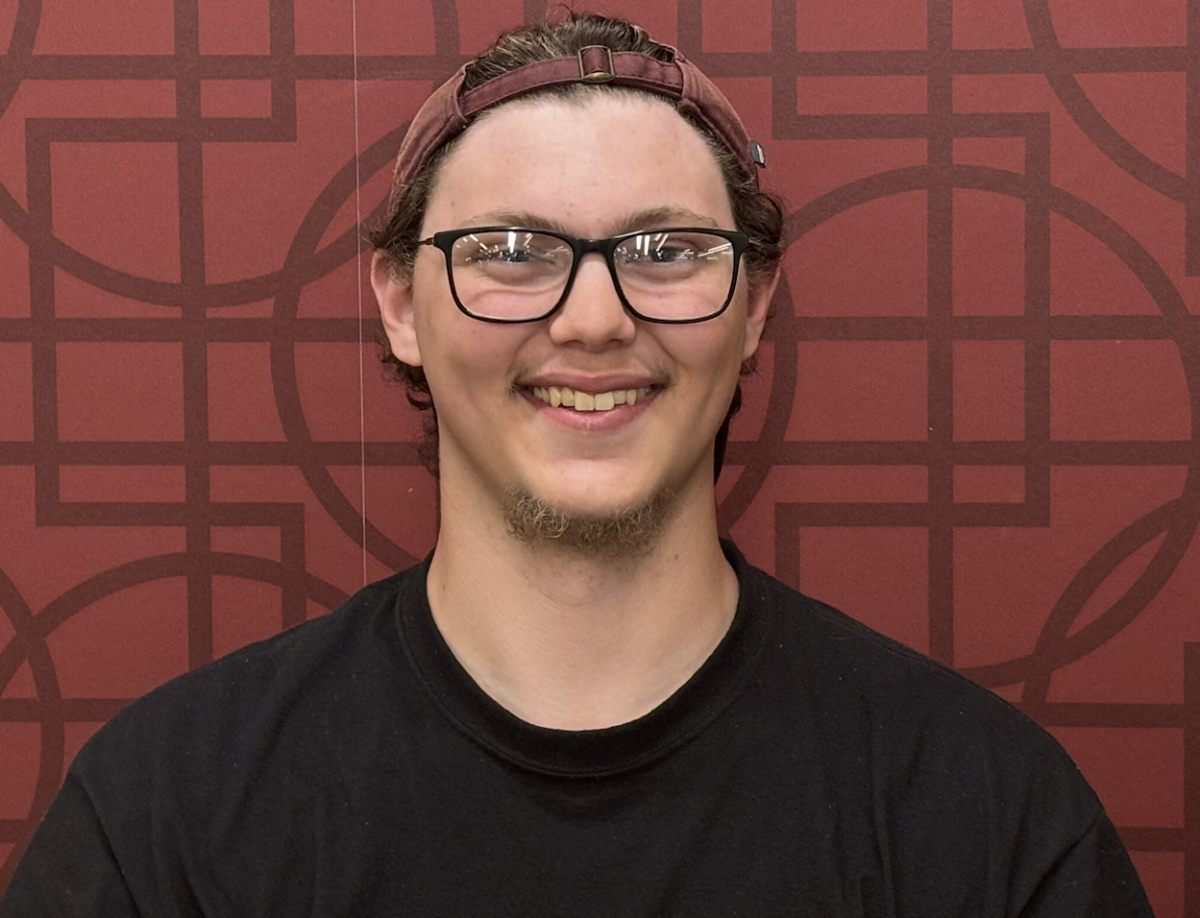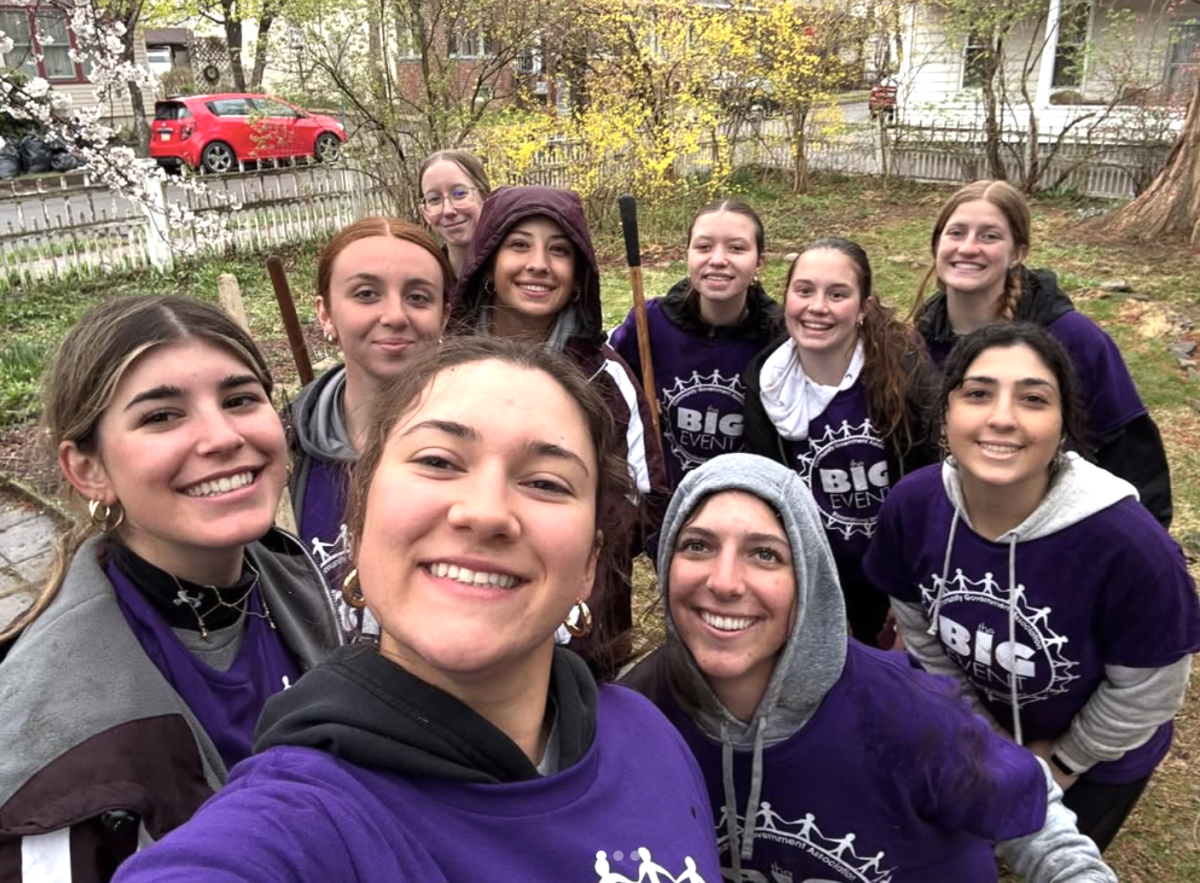It’s that time of the year: the holiday bustle has ended and it is the beginning of the busiest part of the semester for most of us here on campus. Many of us are still adjusting to our classes, work schedules, and approaching deadlines for assignments.
Workloads accumulate daily and quickly throughout the semester and prove to cause many of us immense stress. We often need to find healthy ways to re-energize, reduce stress, and improve our stamina physically and mentally.
Yoga is an ancient practice of breathing, meditation, and physical and mental exercise, and its findings can be traced back 5,0000 + years. The beginnings of yoga were developed by the Indus-Sarasvati civilization in Northern India.
However, yoga has a very extensive history from past to present. Yoga is a very spiritual experience and many of the postures have meanings that go beyond the simple strengthening and lengthening of your muscles. Specific yoga poses can provide complete relief from everyday aliments.
Listed here are three basic poses that are not time consuming, but beneficial to incorporate into your yoga practice. Downward Dog helps with arthritis, lower/mid back pain, neck discomfort, and headaches. Child’s pose helps to stretch the hips, thighs, and ankles, while concentrating on meditation and breathing. Chaturanga strengthens your arms, shoulders, legs, and develops core stability.
Whether you are a beginner to the yoga practice or a veteran yogi there is an abundance of benefits to gain from practicing the art of yoga.
Getting started and maintaining a routine can be the hardest part of the yoga journey. Building a strong foundation and grounding yourself to the earth begins the yoga practice.
Learning to control your breathing throughout the yoga movements produces cortisol, which helps to reduce stress. Your range of motion and flexibility will increase over time as you continue the exercise.
It’s super important to remember that you do not need to be perfect in your yoga poses. The benefits come from your growing strength and inner peace within oneself.
The beauty of yoga is that it can be practiced in the comfort of your own apartment, office, or dorm room. Many of us have access to the internet and know multiple ways to stream videos.
Yoga practices can be found on most websites for free. YouTube has a plethora of videos that you can view and follow the instructor for guidance. “30 days with Adriene” is the name of one yoga series that is free and is, in my opinion, a great option for beginners to use.
For the individual who needs motivation, there are often yoga classes that you can attend at a local gym. Real life yoga instructors are there to push and guide you to receive the best workout for your body and mind.
Most of the time, the first class is free for you can to get a feel for the exercise and practice of yoga. Following the first class, every one you take after that comes at a price and can often become expensive, particularly for college students.
Close to us here on campus, there are a few locations that offer yoga exercise, such as Bodhisattva Yoga on Main Street in Bloomsburg and Studio B located in Danville. I found there are also yoga classes held here on campus at the rec center. They are offered to students and faculty alike.
It is important that we find healthy ways to increase our physical activity and reduce the amount of stress we acquire in our daily lives. Yoga is for individuals of all ages and of all physical capabilities.
The elderly especially benefit from this form of exercise as it helps improve circulation, cardiovascular conditioning, and pain relief from ailments caused by increasing age. Practicing the art of yoga daily will add many years of happiness to your life.
Autumn is a senior English major and an Op/Ed Contributor for The Voice.


